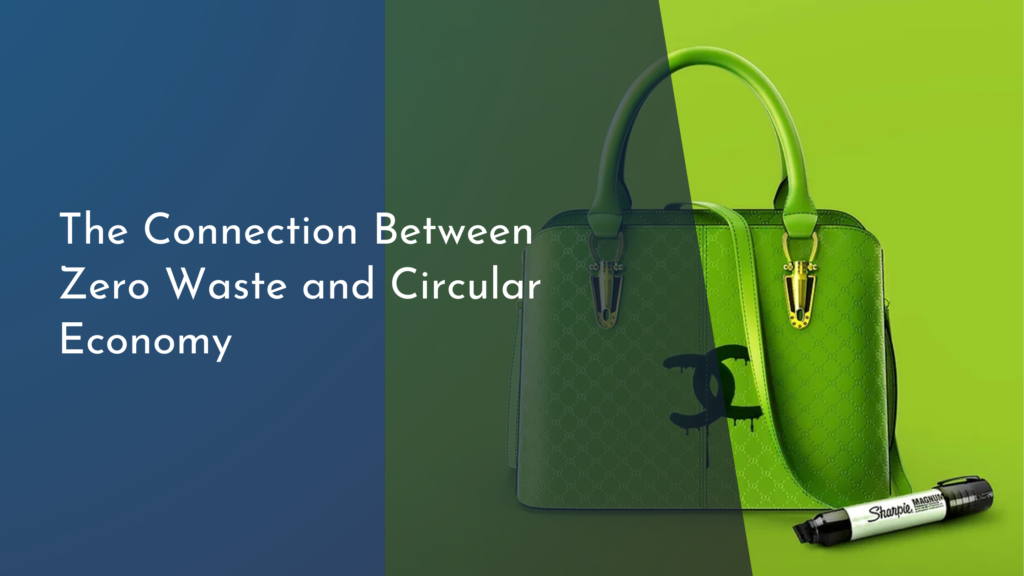Exploring the use of biodegradable starch blends in footwear
As environmental awareness continues to grow, the footwear industry is taking significant strides towards sustainability. One of the most exciting developments in this field is the use of biodegradable starch blends. These innovative materials not only promise to reduce the ecological footprint of shoe production but also offer a range of benefits that go beyond environmental impact. In this article, we will explore the fascinating world of biodegradable starch blends in footwear, examining their advantages, their role in transforming shoe production, and the future trends that may lead us towards a greener planet.
Discovering Biodegradable Starch Blends in Footwear
Biodegradable starch blends are materials made from renewable resources, particularly starch derived from plants such as corn or potatoes. These blends combine starch with other biodegradable polymers to create a versatile material that can be molded into various shapes and styles, making it suitable for footwear production. Unlike traditional synthetic materials that can take hundreds of years to decompose, biodegradable starch blends break down naturally in the environment, significantly reducing waste.
The footwear industry has begun to embrace these eco-friendly alternatives as consumers become more conscious of the harmful effects of plastic and other non-biodegradable materials. Brands are increasingly experimenting with starch blends to create shoes that not only look good but also contribute to a more sustainable future. By utilizing these materials, companies can cater to the growing demand for ethical and environmentally responsible products while also showcasing innovative design and functionality.
The Benefits of Eco-Friendly Footwear Materials
One of the most compelling benefits of biodegradable starch blends is their minimal environmental impact. By using plant-based materials, manufacturers can significantly reduce their reliance on fossil fuels and decrease greenhouse gas emissions associated with traditional shoe production. Additionally, these blends are often manufactured using less energy and water, making them a more resource-efficient choice compared to synthetic alternatives.
Another advantage of eco-friendly footwear materials is their biodegradability. Once discarded, shoes made from starch blends can decompose within a few months to a few years, depending on environmental conditions. This is a stark contrast to conventional shoes, which can persist in landfills for decades. By choosing biodegradable footwear, consumers can actively participate in reducing their carbon footprint and supporting a circular economy, where materials are continuously reused and repurposed rather than discarded.
How Starch Blends Are Revolutionizing Shoe Production
The rise of biodegradable starch blends is not just a trend; it signifies a transformational shift in how shoes are designed and produced. These materials allow for innovative manufacturing techniques, such as 3D printing, which can create intricate designs while minimizing waste. This technology also facilitates mass customization, allowing consumers to have a more personalized fit and style, all while promoting sustainability.
Moreover, brands are beginning to collaborate with scientists and material experts to improve the performance of starch blends. Enhanced durability and comfort are becoming more achievable with ongoing research and development, making these eco-friendly options competitive with traditional materials. As a result, consumers are presented with a wider array of stylish, comfortable, and environmentally friendly choices, helping to further entice them into adopting greener habits.
Future Trends: Sustainable Footwear for a Greener Planet
Looking ahead, the future of biodegradable starch blends in footwear appears bright. With increasing pressure on brands to adopt sustainable practices, we can expect to see more innovative products hitting the market. Future trends may include improved formulations of starch blends that enhance performance characteristics such as moisture-wicking, breathability, and resistance to wear and tear, making them even more appealing to consumers.
Additionally, the growing trend of circular economy models within the fashion industry will likely influence how footwear is produced and consumed. Brands may implement take-back programs for old shoes, ensuring that they are recycled or composted rather than ending up in landfills. As awareness and technology advance, biodegradable starch blends will play a crucial role in shaping the future of footwear, leading us toward a more sustainable and eco-conscious world.
In conclusion, biodegradable starch blends represent a promising avenue for the footwear industry as it seeks to become more sustainable and environmentally friendly. By embracing these innovative materials, brands can not only contribute to a healthier planet but also meet the evolving demands of conscious consumers. As we continue to explore and invest in eco-friendly alternatives, the future of footwear looks brighter, paving the way for a greener planet one stylish step at a time.



